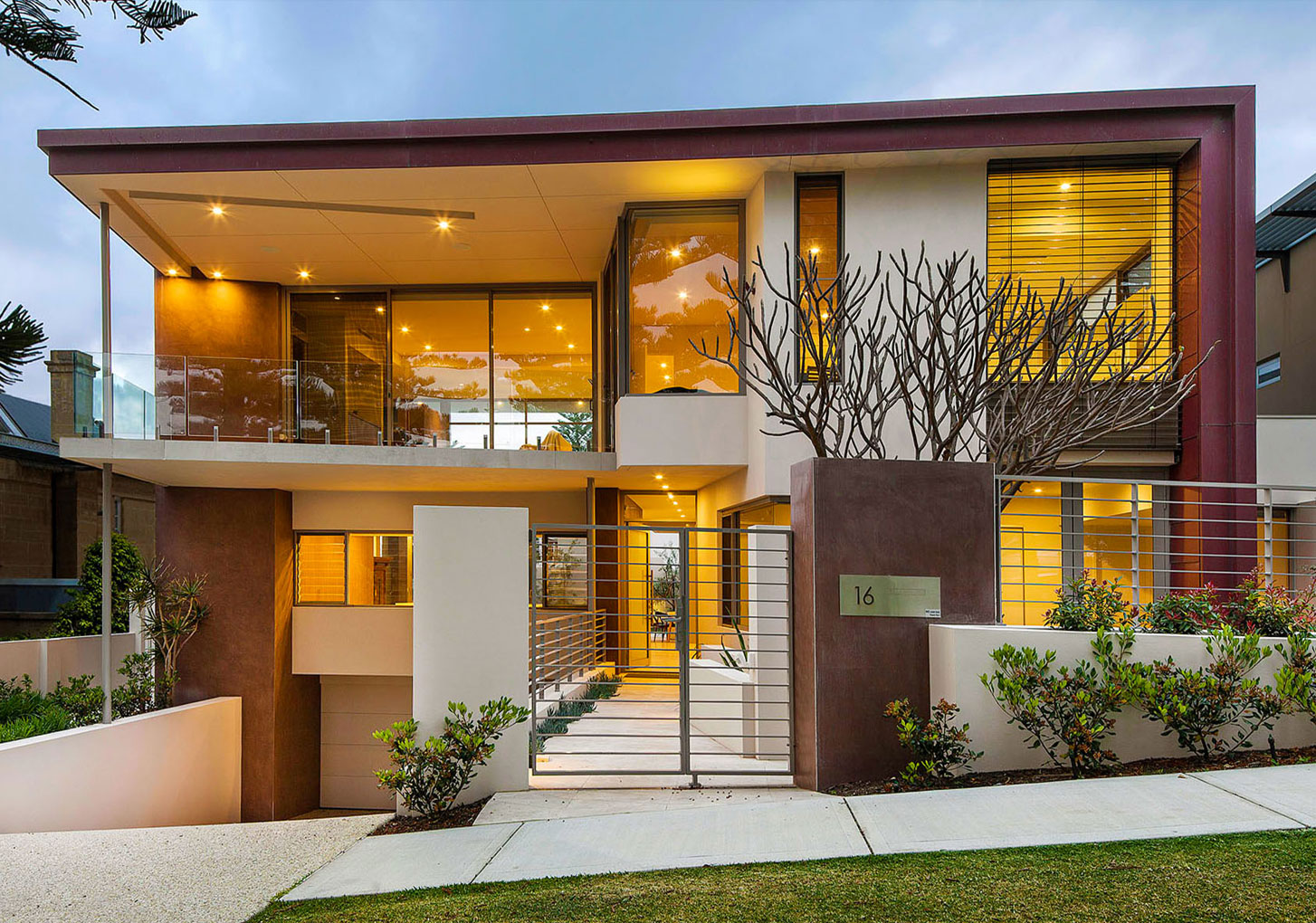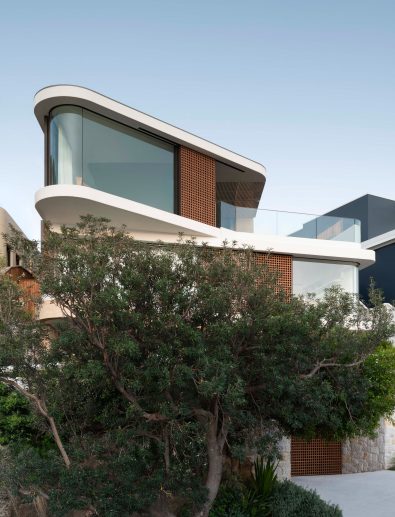Work with a Professional Residential House Architect for Customized Home Design
Work with a Professional Residential House Architect for Customized Home Design
Blog Article
Just How Residential Architects Produce Custom-made Houses for every single Way Of Life
The process whereby residential designers layout customized homes is a nuanced interplay of recognizing customer requirements and translating those insights into useful space. Via comprehensive assessments and using design devices, engineers catch the essence of their clients' way of livings, making sure that each home shows personal values and ambitions. This collective approach prolongs past preliminary concepts, including innovative technologies and lasting practices to enhance everyday living. As we discover the intricate steps associated with this transformative process, a deeper admiration for the designer's duty in shaping unique settings begins to emerge.
Understanding Client Needs

Efficient communication is paramount in this procedure. Architects need to motivate clients to articulate their lifestyles, family members characteristics, and future desires, making sure that the style mirrors their unique identity. By employing tools such as surveys, meetings, and aesthetic studies, architects can collect useful understandings into the customer's vision.
Additionally, comprehending the context in which a home will certainly exist is vital. Architects have to think about variables such as the website characteristics, regional climate, and social influences that can impact the design. This holistic strategy enables the production of areas that are not just aesthetically pleasing yet additionally useful and sustainable.
Ultimately, a deep understanding of client requires makes it possible for architects to create personalized homes that improve the quality of life for their owners, promoting a feeling of belonging and convenience within their living settings.
Layout Process and Collaboration
The layout process in property architecture is a vibrant interplay of imagination and partnership, where designers, customers, and numerous stakeholders function carefully to bring a vision to life. This repetitive trip usually begins with a series of conferences to develop a thorough understanding of the client's goals, preferences, and lifestyle needs. During these discussions, architects collect essential information, allowing them to conceptualize styles that align with the client's vision.
Following the preliminary consultations, the design phase progresses with sketches, 3D versions, and architectural makings. This aesthetic interaction offers as a tool for architects to present concepts, while also inviting client feedback, ensuring that the final layout reverberates with their assumptions. Effective cooperation with designers, professionals, and indoor developers is vital throughout this phase, as it makes sure that all practical aspects of the project are flawlessly incorporated.

Incorporating Way Of Living Components
Integrating way of living components right into household style is essential for creating spaces that truly resonate with the citizens. residential architecture homes. This procedure begins with understanding the unique requirements, preferences, and daily regimens of the house owners. Designers involve in extensive conversations to discover how the individual or household uses their room, whether for enjoyable visitors, pursuing hobbies, or looking for silent retreat
Once these understandings are gathered, designers can customize style attributes that improve daily experiences. For example, open floor plans may be created for family members that focus on togetherness, while devoted offices can be incorporated for those that function from home. Outdoor locations, such as yards or outdoor patios, can be emphasized for families that enjoy outside tasks or enjoyable.
In addition, adaptability is an essential consideration; multi-functional rooms enable for adaptability as way of lives evolve with time. Customized storage solutions can additionally be integrated to fulfill details organization demands, making certain that the home remains practical and clutter-free. Eventually, by attentively weaving way of life components into the architectural textile, property architects create personalized homes that not only satisfy aesthetic desires however also considerably boost the lifestyle for their clients.
Sustainable and Smart Style
Smart and lasting design significantly plays a pivotal role in residential style, as house owners seek to lessen their environmental influence while improving their living experiences. Engineers are now integrating green materials, energy-efficient systems, and innovative modern technologies to create homes that not just meet visual desires however likewise offer the planet.
Including eco-friendly energy resources, such as solar panels and wind generators, allows homeowners to harness natural deposits, significantly decreasing reliance on standard power grids. Smart home modern technologies additionally improve sustainability by maximizing energy usage via automated systems that regulate illumination, heating, and cooling based upon occupancy and choices.
In addition, the use of lasting structure materials-- like reclaimed wood, bamboo, and recycled steel-- promotes a circular economic situation, lowering waste and source usage. Designers also highlight easy style principles, making sure homes are oriented for maximum all-natural light and air flow, thus reducing the requirement for synthetic cooling and heating.
In enhancement to environmental advantages, lasting and smart design contributes to the overall comfort and health of citizens. By focusing on indoor air quality and natural aspects, designers produce spaces that promote well-being, permitting homeowners to grow attuned to their environment.
Settling and Executing Plans
Settling and carrying out strategies is a vital stage in the property style procedure, where the vision of a tailored home starts to materialize. This stage includes thorough focus to detail, making sure that every element of the design is exactly articulated and prepared for building and construction. residential architecture see this site homes. Engineers work together carefully with clients to evaluate final strategies, addressing any kind of final modifications or worries, while making sure that all components line up with the house owner's lifestyle demands
As soon as strategies are finalized, engineers prepare extensive construction documents, consisting of detailed illustrations and specs that function as a blueprint for home builders. These documents outline products, surfaces, and setup check my site approaches, supplying clarity for contractors and subcontractors. Additionally, securing required licenses and sticking to regional building regulations is necessary, as it makes certain conformity and smooth job execution.
Effective communication is essential throughout this stage. Routine updates and conversations with home builders help to reduce prospective problems before they occur. By promoting a joint setting, designers can assure that the application aligns with the original vision. Inevitably, this crucial stage transforms principles right into residential architects truth, laying the foundation for a home that reflects the unique lifestyle and choices of its occupants.
Conclusion
In verdict, household designers play a pivotal role in crafting customized homes that provide to diverse lifestyles. Via thorough understanding of client demands, collaborative layout procedures, and the combination of way of life components, architects ensure that each home mirrors individual preferences.
The process by which property engineers layout customized homes is a nuanced interplay of recognizing customer needs and translating those insights right into useful living rooms. Through extensive examinations and the usage of style tools, engineers record the significance of their clients' way of livings, making sure that each home shows individual values and aspirations. Architects need to urge customers to express their lifestyles, household dynamics, and future goals, making sure that the design shows their unique identity.The layout process in domestic design is a dynamic interaction of creative thinking and cooperation, where architects, clients, and various stakeholders work closely to bring a vision to life - residential architecture homes. Via careful understanding of client demands, collaborative layout procedures, and the combination of way of life elements, designers make certain that each home shows specific preferences
Report this page